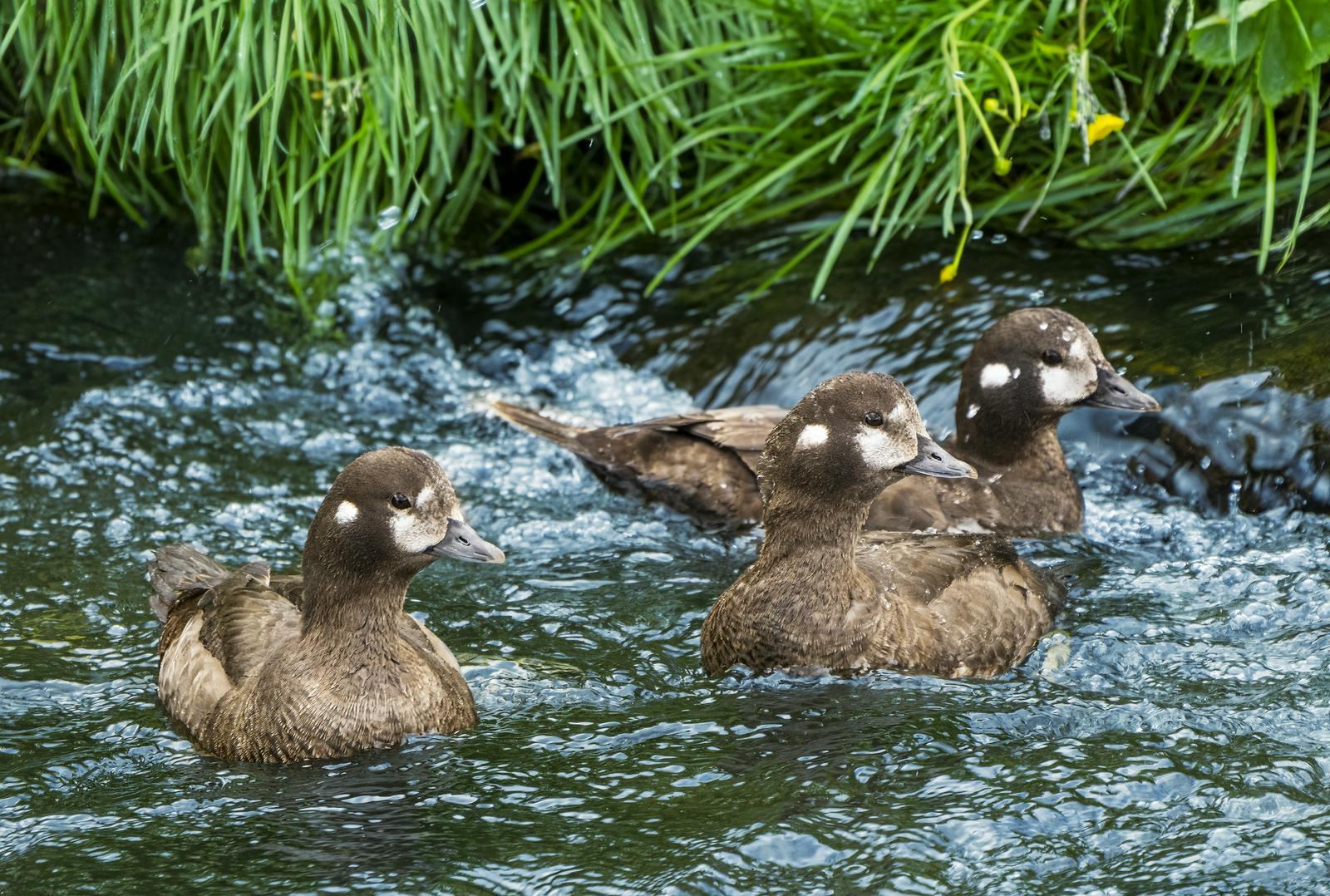
Birds in Iceland
Iceland is renowned for its rich bird life, attracting birdwatchers from around the world. The country's unique geographical location, with its rugged landscapes, abundant water sources, and coastal cliffs, provides a range of habitats that support a wide variety of bird species.
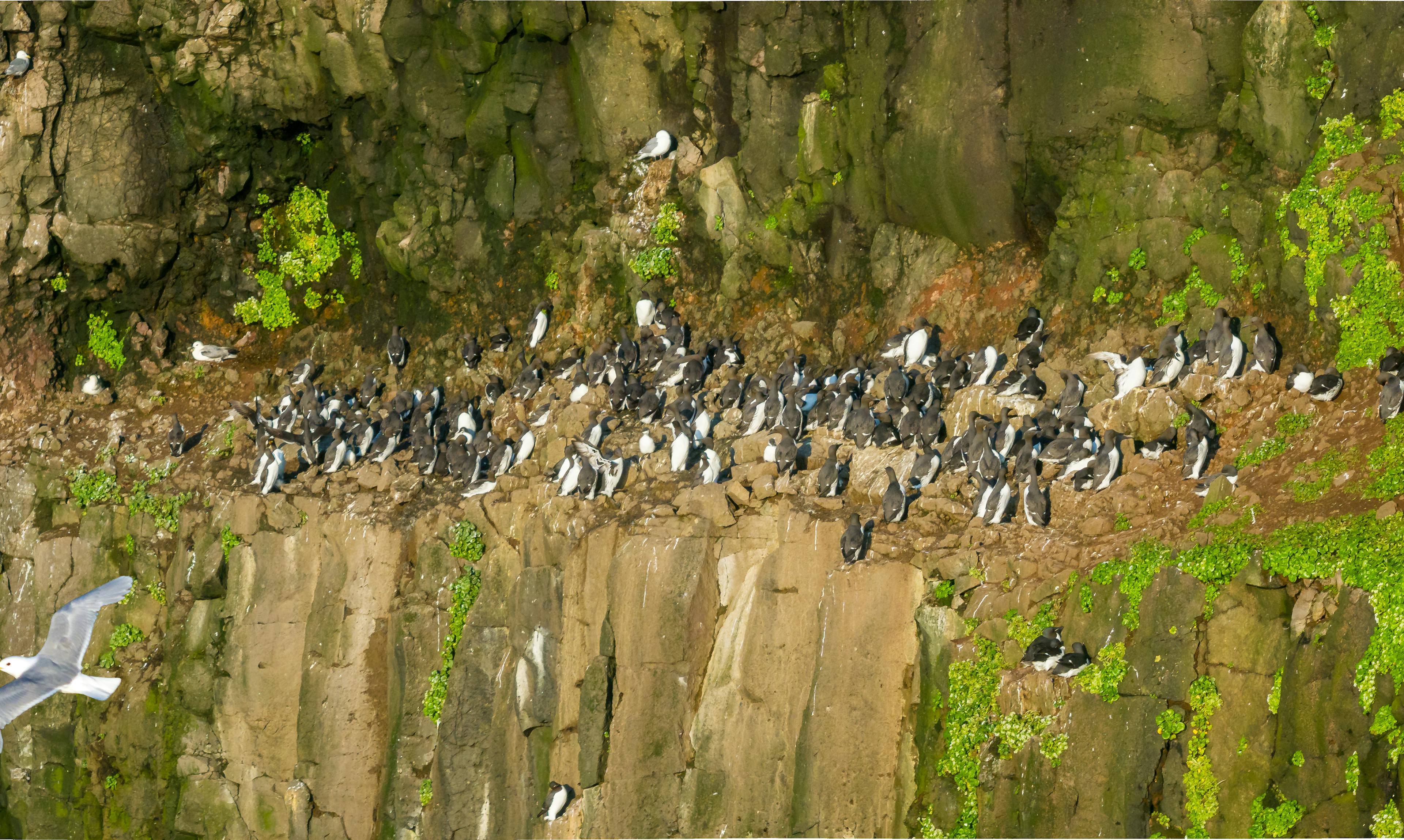
Here is an overview of the bird life in Iceland:
- Seabird Colonies: Iceland is home to vast colonies of seabirds nesting on coastal cliffs and offshore islands. These include Atlantic Puffins, Northern Fulmar, Black-legged Kittiwake, Common Guillemot and many more.
- Wetland Birds: Iceland's wetlands, lakes, and rivers attract a variety of waterfowl and wading birds, such as the Whooper Swan, Eurasian Wigeon, and Red-necked Phalarope.
- Upland Birds: These include birds such as The Whimbrel, The Ptarmigan and the European Golden Plover.
- Birds of Prey: Iceland is home to several species of birds of prey that inhabit its open landscapes and coastal regions, including Iceland's national bird, the Gyrfalcon, and the White-tailed Eagle.
Bird Species in Iceland
Iceland is home to a diverse range of bird species, both resident and migratory.
Arctic Tern
Arctic terns are famous for their incredible long-distance migrations, travelling from the Arctic to the Antarctic and back each year. Iceland serves as an important breeding ground for them. Arctic terns arrive in Iceland from late April to early May to breed, where they stay for the summer.
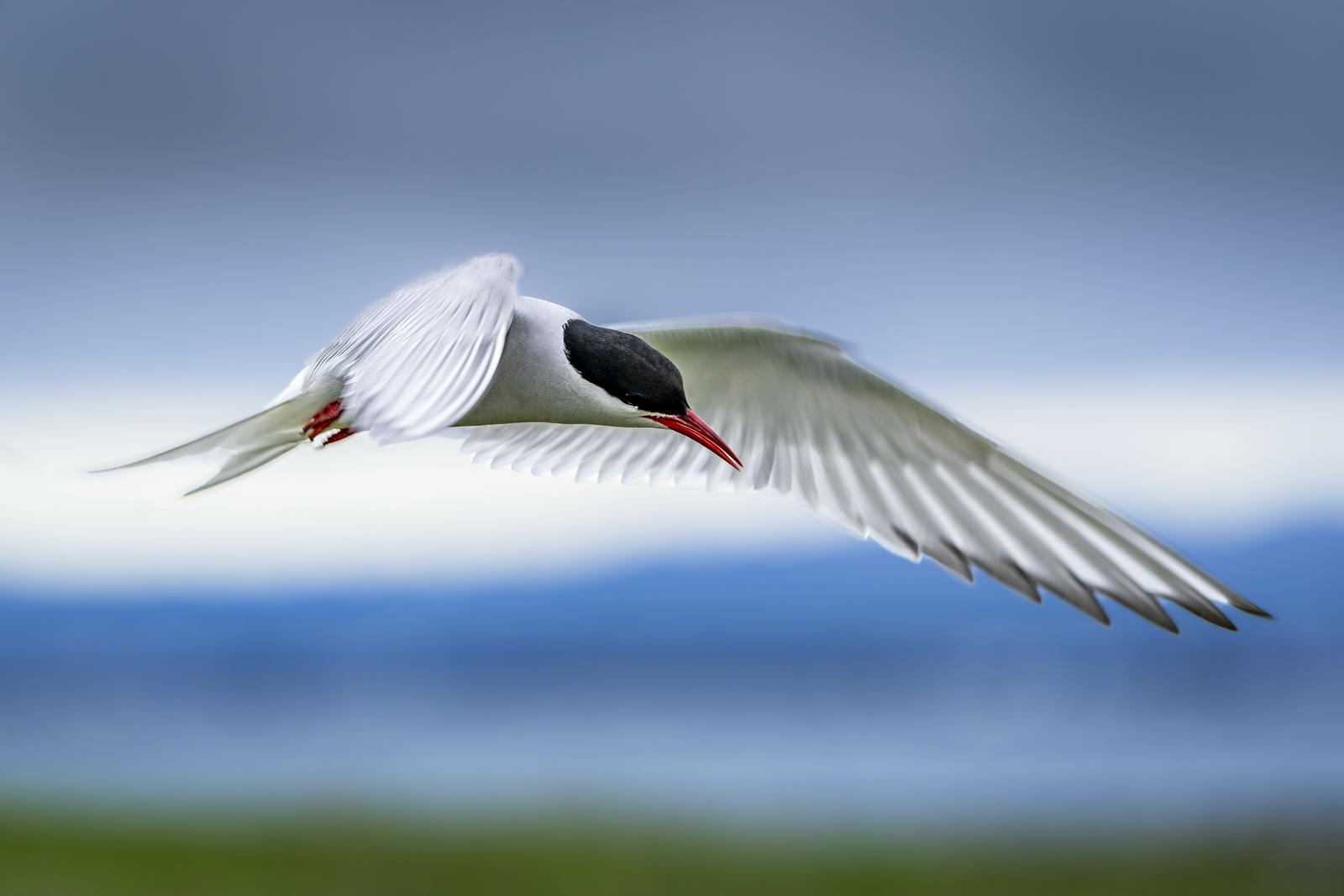
These colonies are often bustling with activity as terns engage in courtship displays and defend their territories. Observing Arctic terns in Iceland can be a captivating experience. Their graceful flight, distinctive calls, and incredible migratory journey make them a fascinating and iconic species. Their presence in Iceland's coastal areas adds to the country's rich birdlife and reinforces the importance of protecting their habitats and the interconnectedness of global ecosystems.
Common Eider
These large sea ducks are common in Icelandic coastal areas. The Common Eider is known for its high-quality down feathers. The female Eiders produce a soft layer of down to insulate their eggs and keep them warm. Historically, the collection of Eiderdown is an essential industry in Iceland, and it is still practised today, with conservation measures in place to protect the birds.
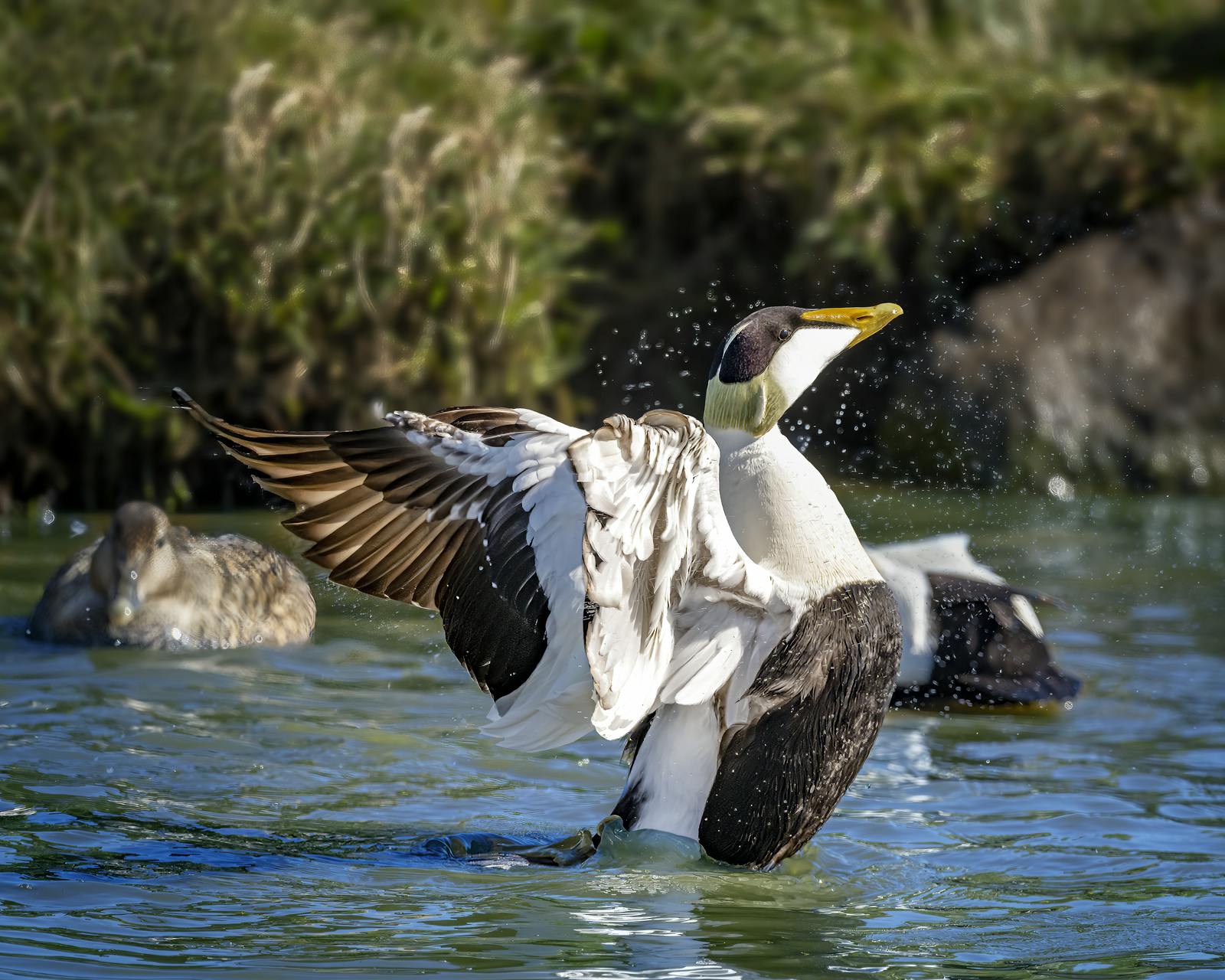
Redwing
The redwing is mostly a migratory bird in Iceland, but a large group stays there throughout the year. It is, therefore, partly a resident bird. They can be seen in fields and gardens, feeding on berries and insects. Redwings are known for their melodic and flute-like song, consisting of a series of clear, descending notes. Their song can often be heard during autumn in Iceland, adding a pleasant sound to the surroundings.
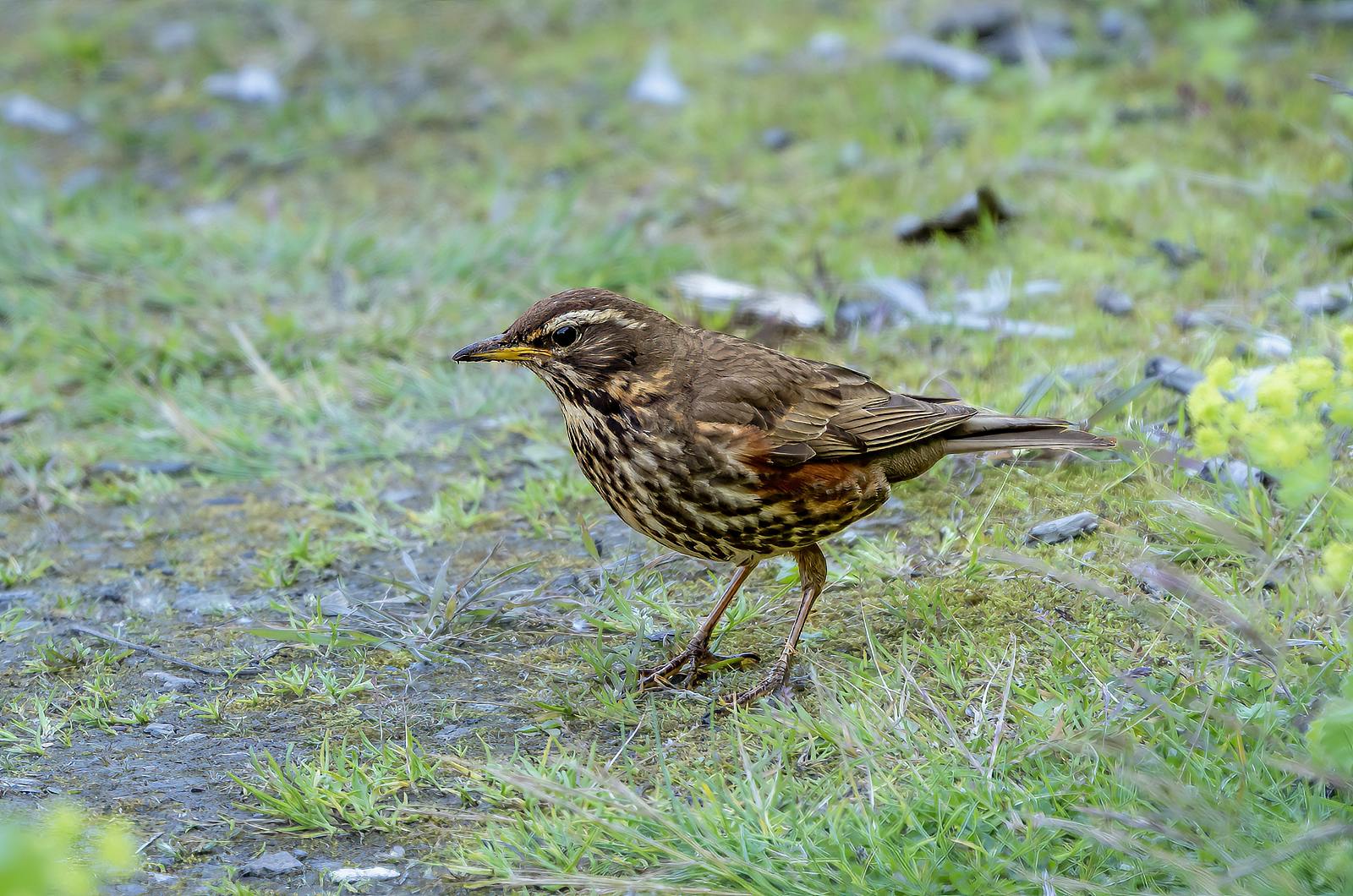
Observing Redwings in Iceland during the winter months can be a delightful experience. Their distinctive appearance, beautiful song, and their presence in various habitats make them a significant part of Iceland's birdlife during the colder seasons.
Harlequin Duck
Harlequin ducks are strikingly beautiful waterfowl found in Icelandic rivers. They are known for their vibrant plumage. Males have a distinctive pattern with blue-grey and white colouration on the head, chestnut sides, and bold white stripes on their bodies. Females have a more subdued appearance with mottled brown plumage for camouflage.

Their breeding habitat is cold, fast-moving streams in Iceland, Greenland, Canada, Alaska and Eastern Siberia. They are rare migrants to Western Europe. Iceland offers excellent bird-watching opportunities to observe Harlequin Ducks in their natural habitat. Prime locations for spotting them during summertime include rocky rivers and streams in remote areas. For instance, in the rivers Sog and Lax-á. Visitors can enjoy watching their unique behaviours, diving displays, and stunning plumage. During the winter, they stay at sea.
These are just a few examples of the diverse bird species found in Iceland. The country's varied habitats, from coastal cliffs to wetlands and tundra, provide homes for a wide array of birdlife, making it a paradise for bird-watching enthusiasts.
Iceland’s National Bird
Iceland's national bird is the Gyrfalcon. The Gyrfalcon holds a special place in Icelandic culture and is considered a symbol of power and strength. It is the largest falcon species in the world and is known for its incredible hunting abilities and adaptability to harsh environments.
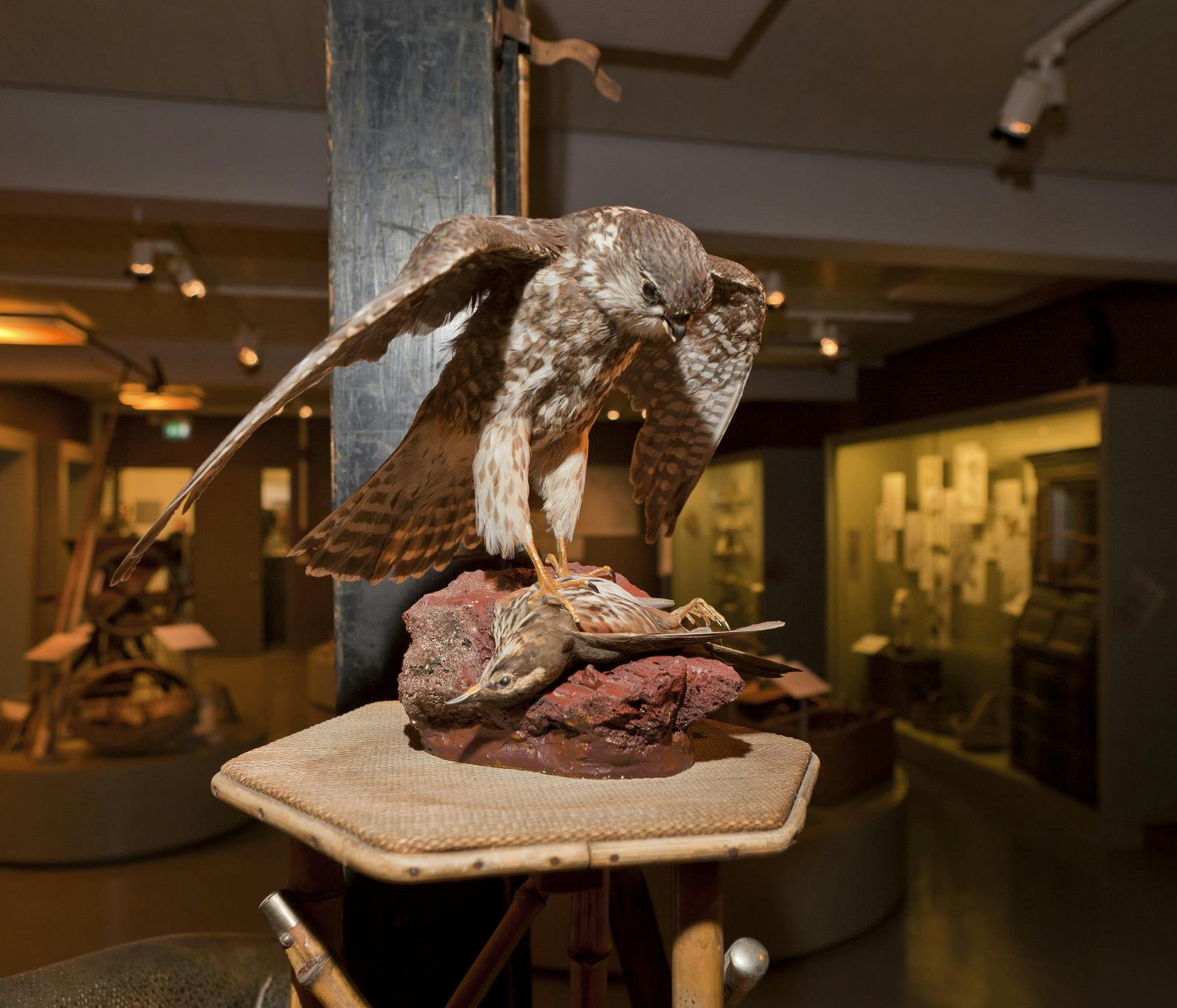
Puffins
Puffins have been present in Iceland for thousands of years. It is believed that they first arrived in Iceland after the last ice age, when the landmasses started to emerge from the retreating glaciers, creating suitable habitats for seabirds.
The exact timing of the puffins' arrival in Iceland is challenging to determine with precision. However, based on geological and historical evidence, it is estimated that puffins established breeding colonies in Iceland around 8,000 to 10,000 years ago. These seabirds adapted to the coastal cliffs and islands of Iceland, which provided suitable nesting sites and an abundant food supply from the surrounding ocean.

Since then, puffins have become an integral part of Iceland's birdlife and cultural heritage. They are highly cherished and celebrated, with their distinctive appearances and behaviours attracting attention from locals and tourists alike. Iceland's coastal areas, with their diverse ecosystems and rich marine resources, continue to support significant puffin populations, making the country a prime destination for puffin watching.
The European Golden Plover
The European Golden Plover is a native species to Iceland and has been present in the country for thousands of years. These plovers are migratory birds, and Iceland serves as one of their breeding grounds during the summer months. It is one of the most well-known birds among Icelanders.
The Golden Plover is a medium-sized bird with striking golden and black plumage. During the breeding season, the male displays a vibrant golden colour on its back and upperparts, while the female has more subdued brownish tones. They breed in Iceland during the summer months, establishing nests in open, grassy areas, often in the uplands. Golden Plovers are known for their distinctive and melodious calls, often heard during the breeding season. Their calls are a characteristic sound in the Icelandic countryside.
Today, the European Golden Plover is not only a significant part of Iceland's avifauna but also holds cultural importance. In Icelandic folklore, the appearance of the first plover in the country means that spring has arrived. The Icelandic media always covers the first plover sighting - which is usually in mid to late March.
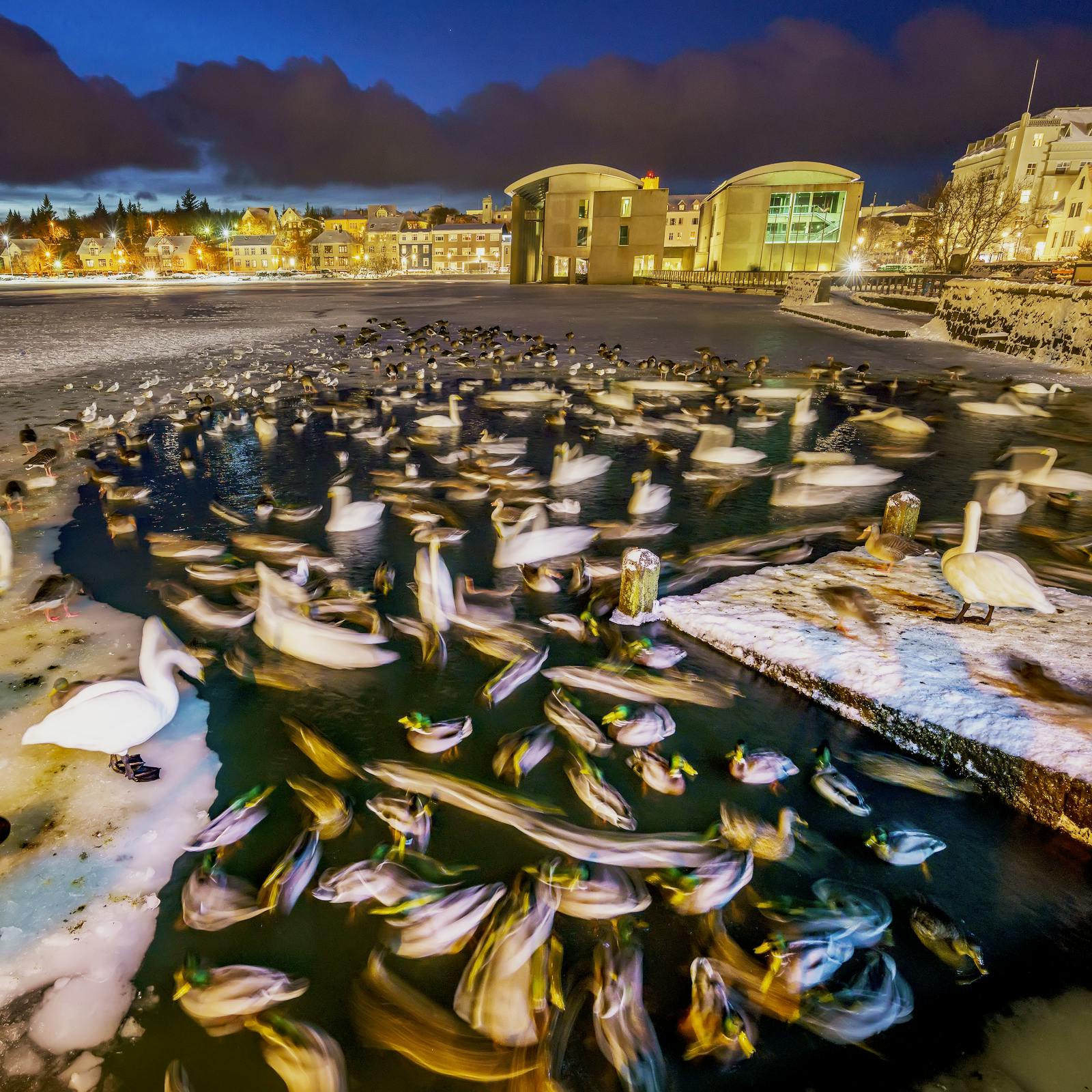
Birds in Iceland FAQ
What birds are common in Iceland?
Iceland is home to a variety of bird species, both resident and migratory. Some of the most common birds you can expect to encounter in Iceland include Puffins, Arctic Tern, Common Eider, and Redwing.
What is the national bird of Iceland?
Iceland's national bird is the Gyrfalcon.
Can I see puffins in Iceland?
Yes, Iceland is home to millions of puffins every year.
How to say bird in Icelandic?
The Icelandic word "fugl," which means "bird," is pronounced roughly as "fuh-gl" in English.
What is Golden Plover in Icelandic
The European Golden Plover translates to “Heiðlóa” or commonly “Lóa” in Icelandic.
Popular articles

Guide to the Solar Eclipse 2026
Plan your trip to witness the Solar Eclipse 2026 in Iceland! Discover the best viewing spots, key times, safety tips, and travel advice for this rare celestial event.

Things To Do In Reykjavík In January
Embrace the Icelandic winter with our January Reykjavik itinerary. Enjoy unique events, cultural hotspots, and scenic wonders in the heart of winter.
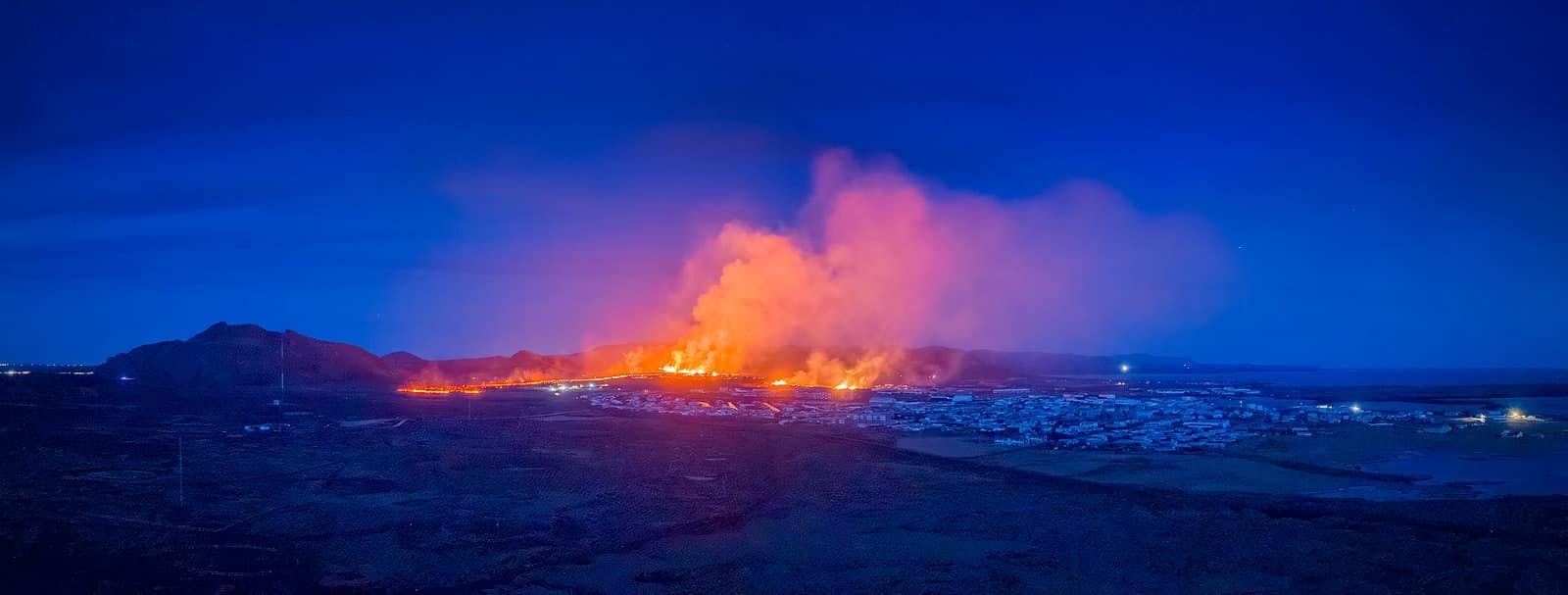
Updates on the Sundhnúkagígar Eruption in the Reykjanes Peninsula!
The current eruption in the Reykjanes Peninsula, is called Sundhnúkagígar Crater Row. See insights on the seismic activity and volcanic eruptions in the area!
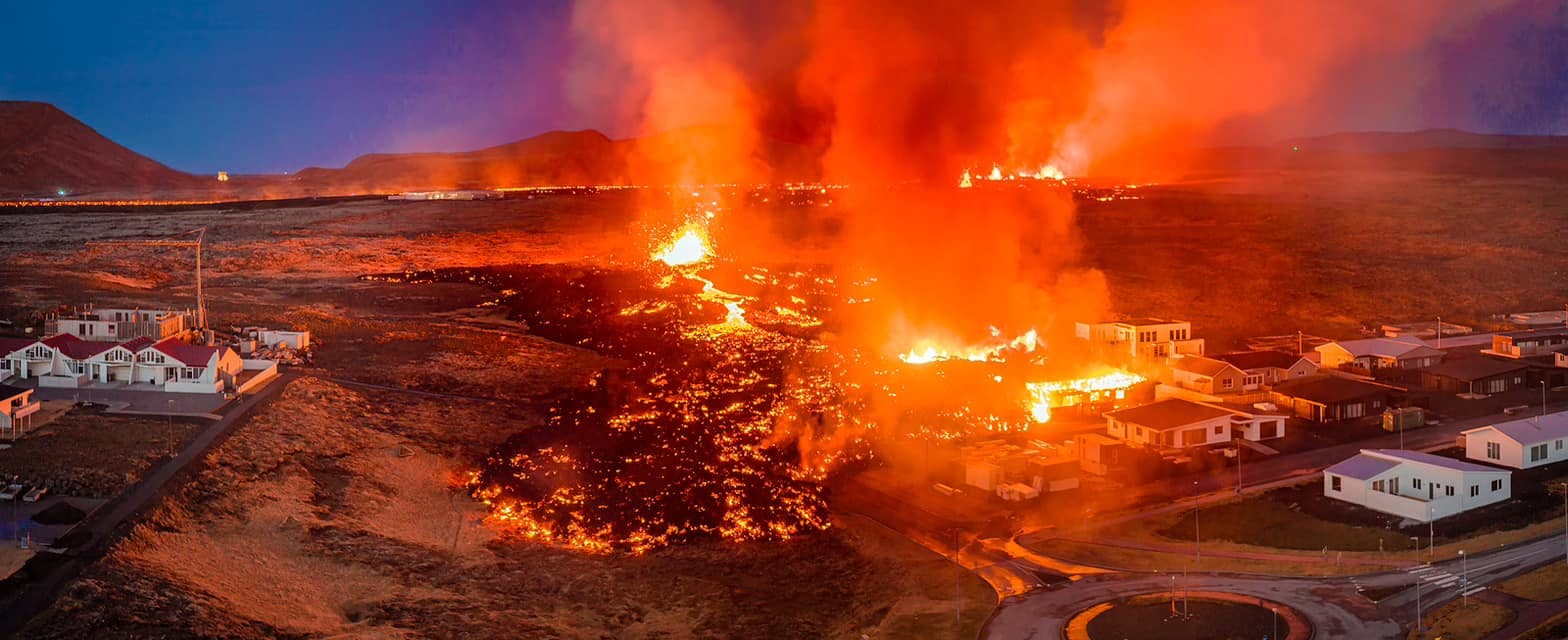
Active Volcanoes in Iceland 2024
Active volcanoes aren't the same thing as active eruptions. A volcano can be considered active even when it is not ejecting ash, rock, gases and magma, so which are active in Iceland in 2024?
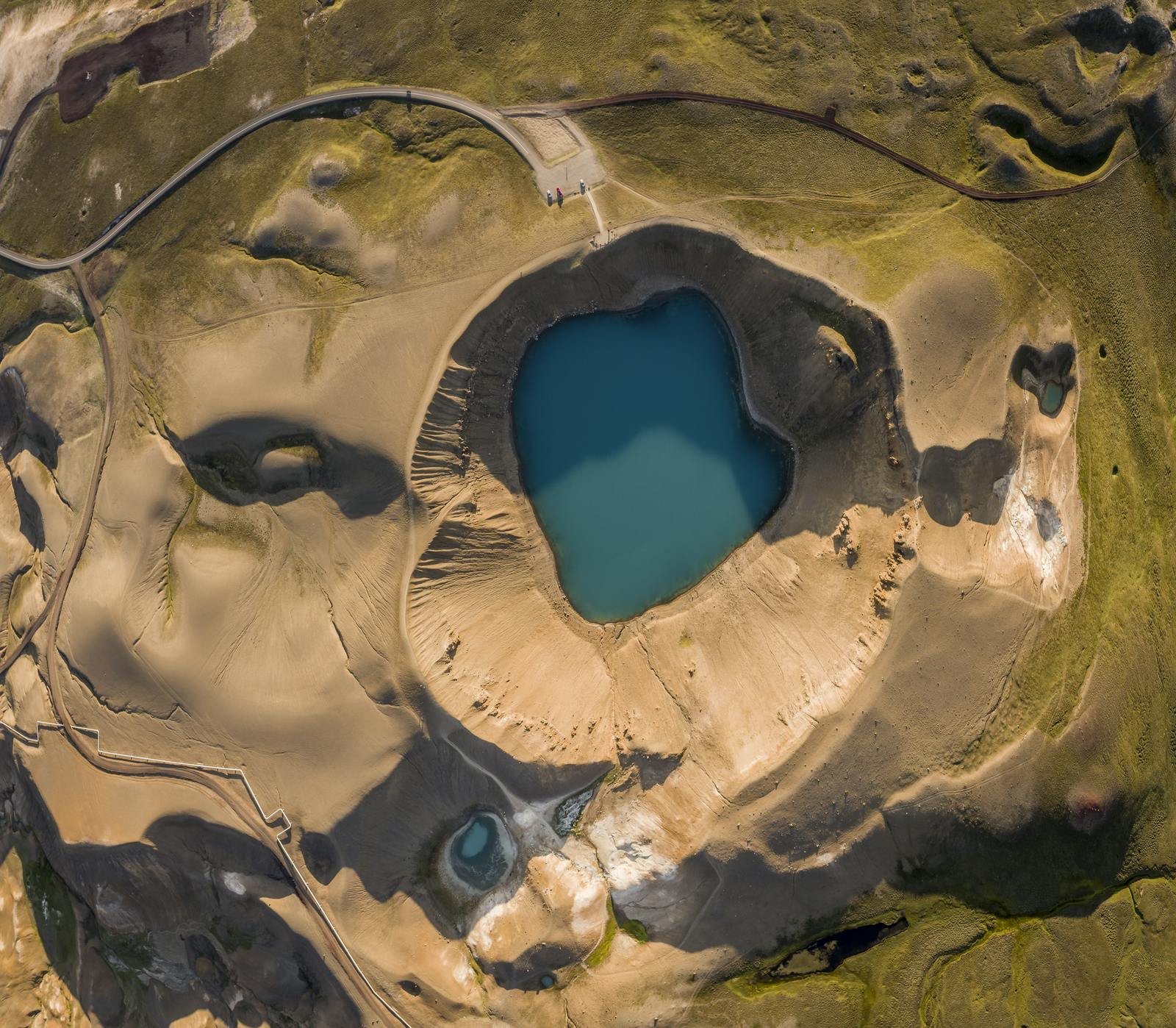
Earthquakes in Iceland
Earthquakes in Iceland are a fact of life. Each year, thousands of small tremors shake the earth, a reminder of the country’s position on a tectonic plate boundary.
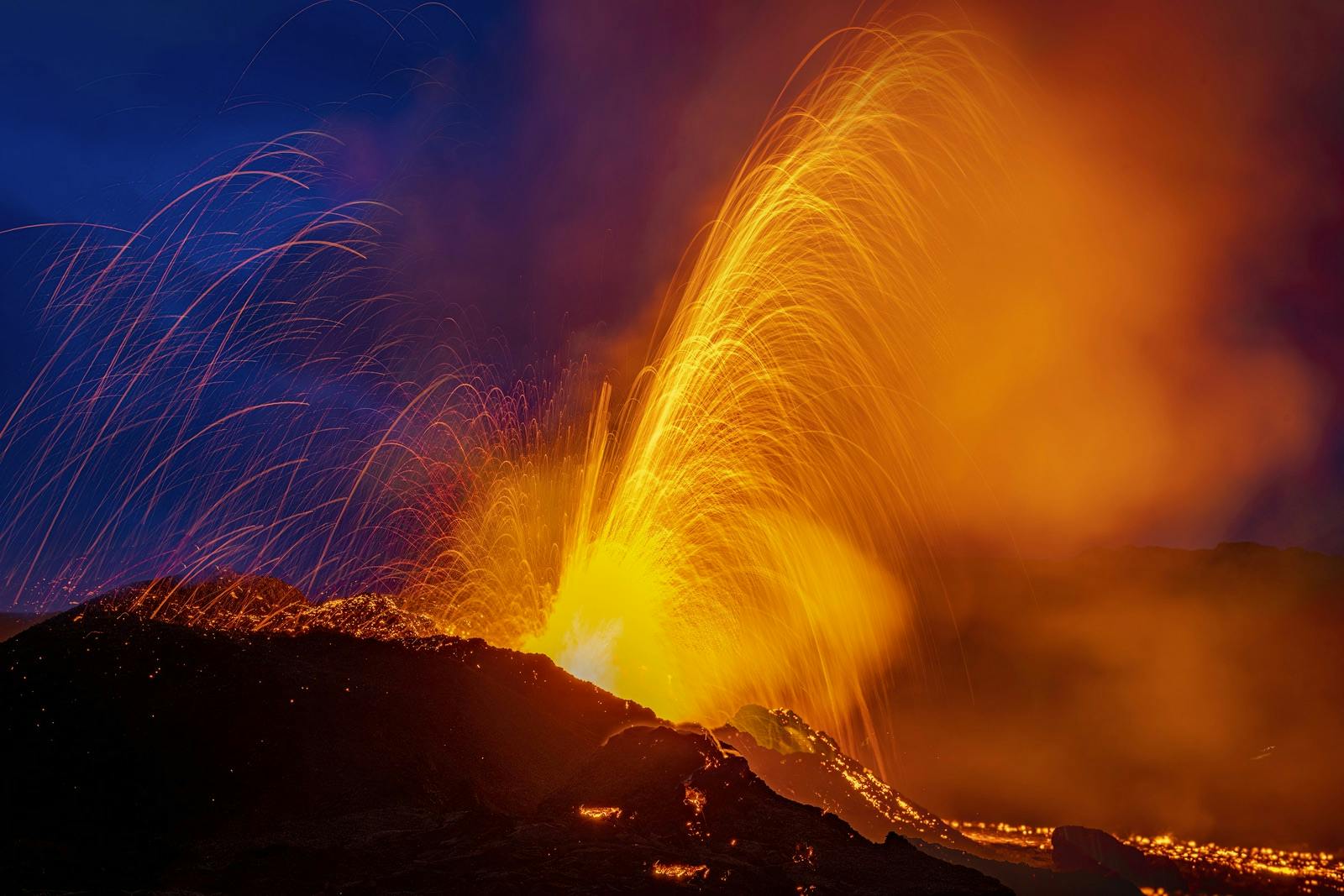
Volcano Museums and Exhibitions in Iceland
If you don't manage to visit an actively erupting volcano in Iceland - Experience its force at one of these excellent volcano museums and exhibitions in Iceland.
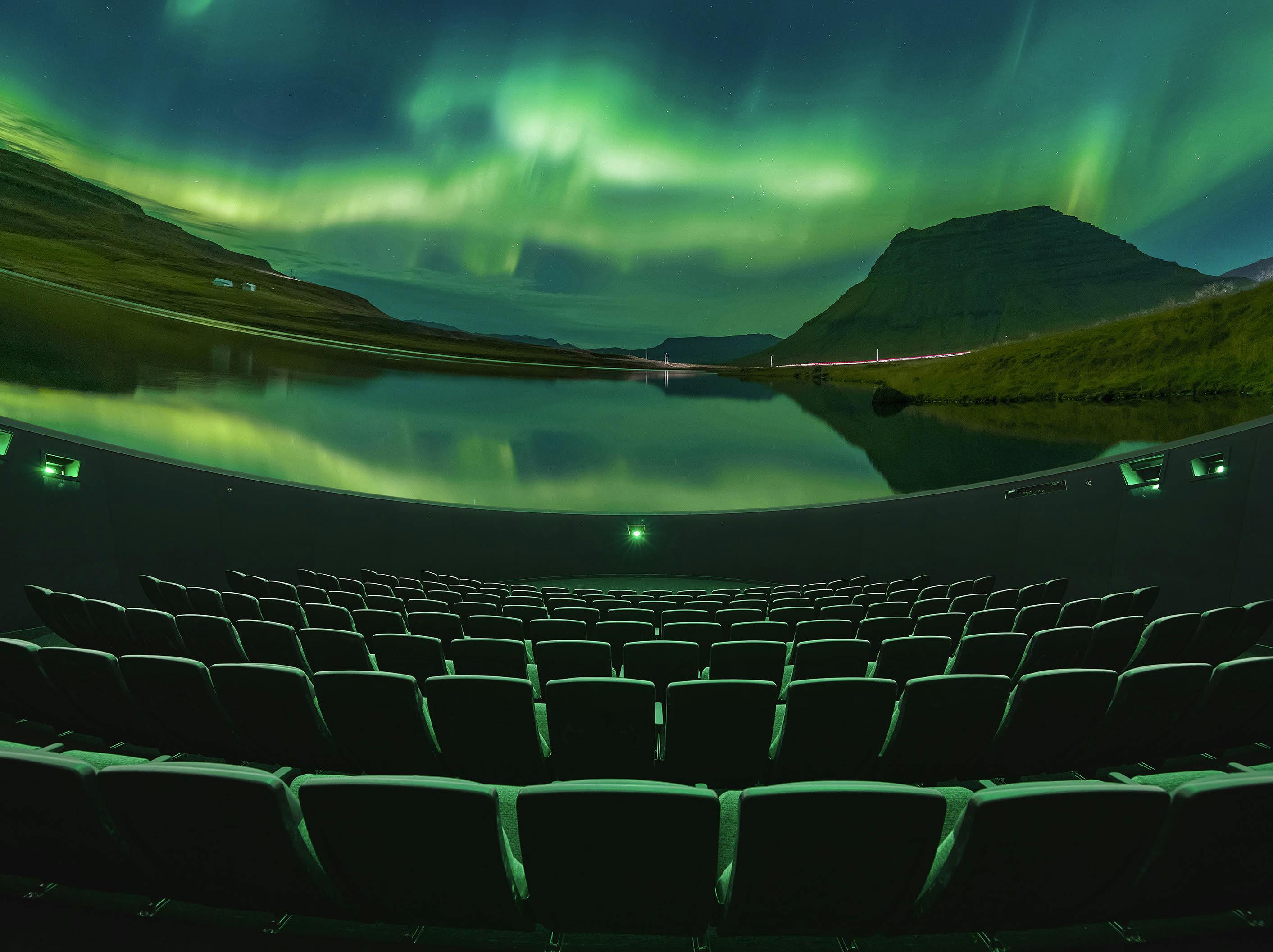
Top 10 Places To See the Northern Lights in Iceland
You can see the northern lights across the country, but some spots are more suitable than others. Find the best place to see the northern lights in Iceland.
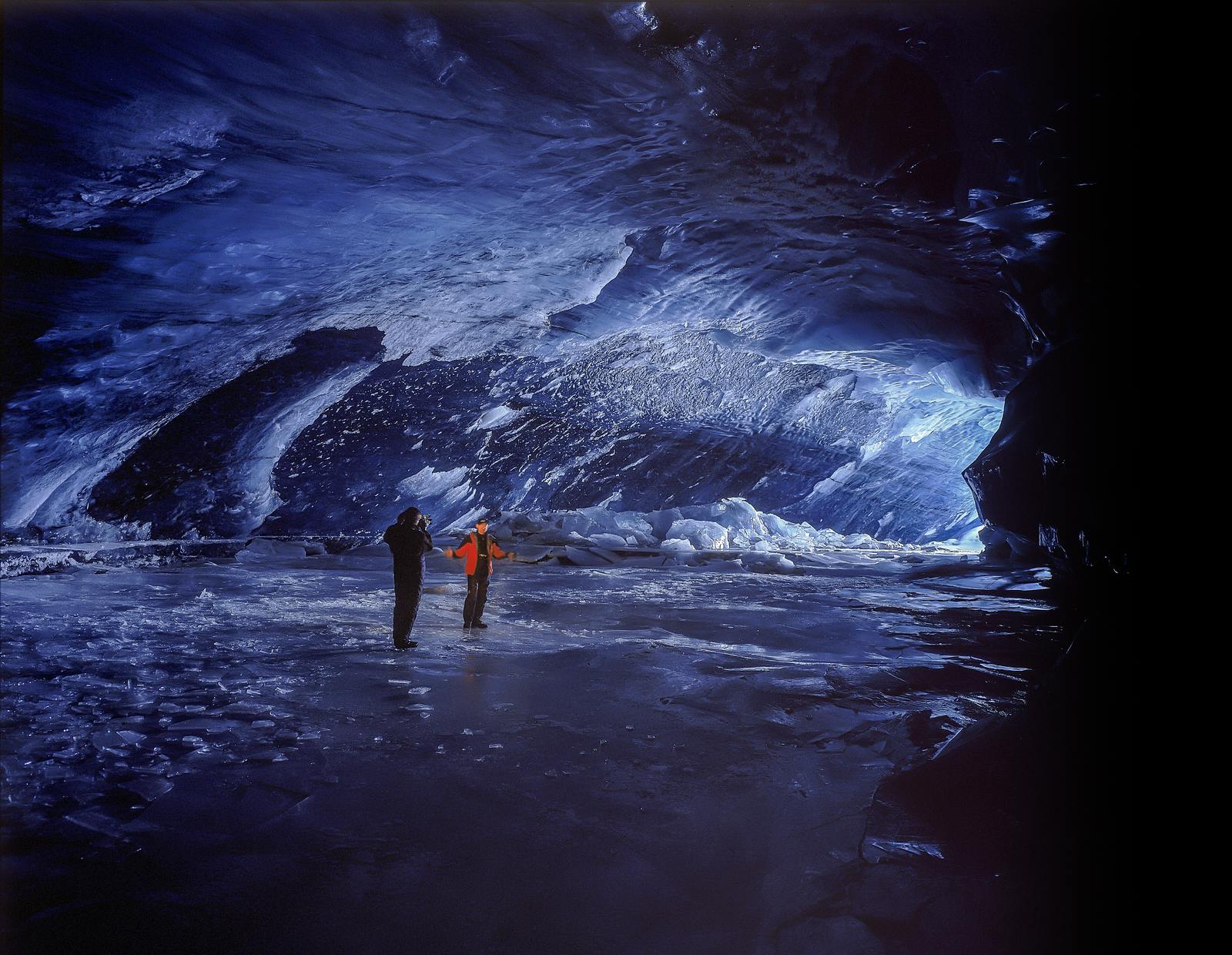
Ice Caves From Reykjavik
Travel beyond the capital for a closer look at an ice cave under one of Iceland’s glaciers. If you can’t spare the time, experience Perlan’s ice cave in Reykjavik.